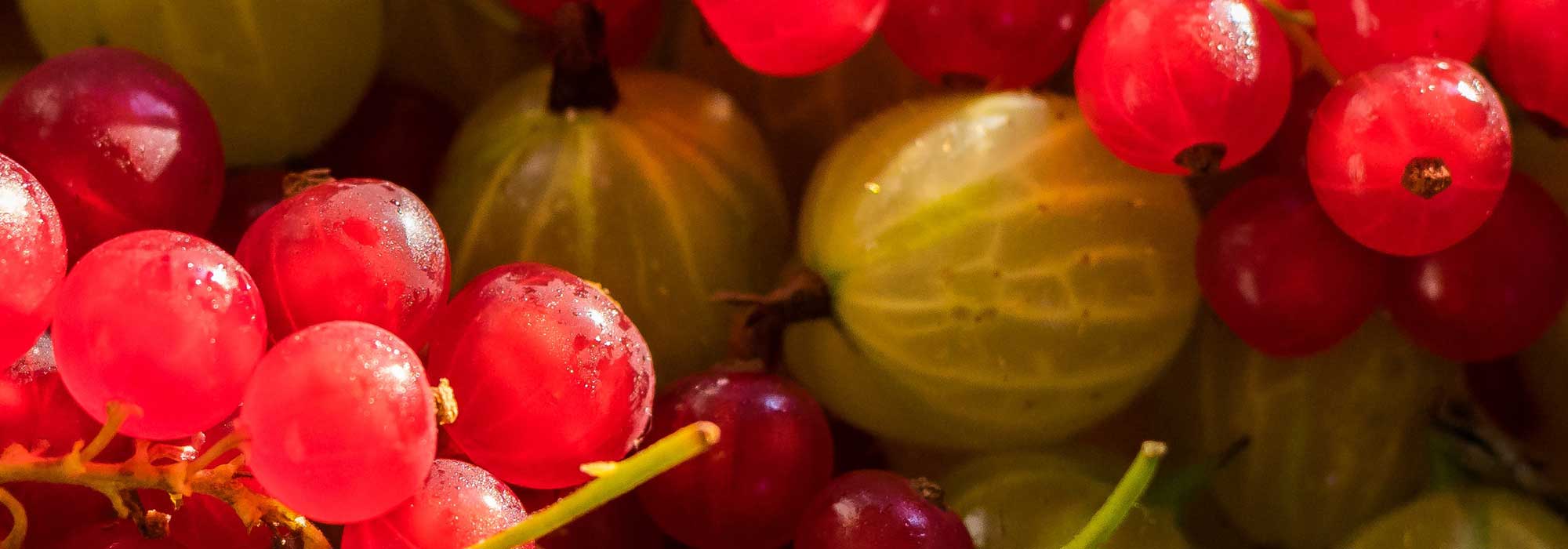
How to choose your currant bush: buying guide
Our tips to help you make the right choice
Contents
When people talk about currants, they inevitably think of small red translucent berries with a distinctly tart flavour. In fact, there are many varieties of currant bushes which produce fruits of varying size, borne in clusters or solitary, and in all colours.
From one variety to another, the fruits of the currant do not therefore offer the same flavour. Moreover, some are particularly well suited to jam-making, while others can be frozen. Similarly, yield, as well as disease resistance of currant bushes, can also be part of your selection criteria.
Here then all our tips to help you choose the right currant bush, so that it adapts to your tastes, your environment, and all your other requirements and constraints.
Depending on currants' colour and pruning
Two main categories of currant bushes, producing fruits of very different sizes and colours. From one variety to another, ornamental effect in the garden therefore differs.
As their name suggests, cluster currants produce pendulous clusters of fruit that appear mostly in July. The small, translucent, round berries can take a wide range of hues depending on the variety observed: from red to white, via pink. Among this type of currant bushes, there are ‘Raisin’ currants. Later ripening, their harvest takes place in August. These currants also produce small, round, glabrous berries, but these are slightly larger than those of the cluster currants. Likewise, the fruits appear here in very large numbers, forming long, compact, red clusters.

Cluster currants ‘Jonkheer van Tets’, ‘Versaillaise blanche’ and ‘Raisin’ currant ‘Agate Rouge’.
The second major group of currant bushes here is represented by gooseberry bushes, whose fruits are larger in calibre than those of the cluster currants. These fruiting shrubs produce thus large, translucent berries with villous or glabrous skin, whose colour ranges from yellowish-green to purplish-red depending on the varieties, and which are also harvested in July.
→ Read also : Choosing the right gooseberry bush

Gooseberry bushes ‘Golden Drop’, ‘Winham’s Industry’ and ‘Captivator’.
Depending on ease of harvest
Besides fruit colour and size, note that notable differences between these various gooseberry and currant types are also linked to the arrangement of the fruit on the plant. Thus, where cluster-bearing currant bushes produce fruit set on fine clusters, gooseberry bushes form fruits that are solitary or grouped in twos or threes which sit directly on the thorny branches of the bush.

Thus, harvest is much easier on the first major category of groseilliers, since these produce long clusters free of thorns, making access to the fruit easier, whereas the gooseberry bush requires precautions to avoid being pricked by its thorns. Note, however, that some varieties of gooseberry bushes have very few thorns. This is notably the case of the ‘Captivator’ and of the ‘Lady Sun’, for example.
In either case, the dimensions of the bush are not an impediment to harvest. Indeed, whereas the gooseberry bush forms a low, very ramified bush 50 cm to 1.20 m in height, the cluster-bearing currant bush measures between 1.20 and 1.60 m at most.
Discover other Redcurrant bush
View all →Available in 0 sizes
Available in 1 sizes
Available in 3 sizes
Available in 1 sizes
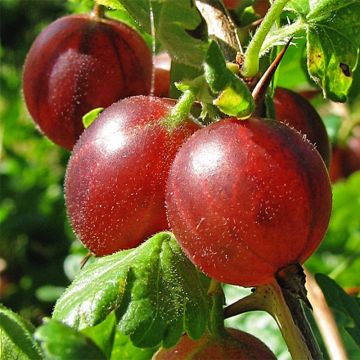
Available in 1 sizes
Available in 1 sizes
Available in 1 sizes
Available in 2 sizes
Available in 1 sizes
Available in 1 sizes
Depending on berry flavour
Another important difference between redcurrant bushes and gooseberry bushes: the flavour of their fruit is not the same at all. Redcurrant bush produces small, firm berries with a generally very tart flavour, while gooseberry bush yields juicy berries with a much sweeter taste. Notable flavour differences can be observed from one variety to another within same category of currant bushes.
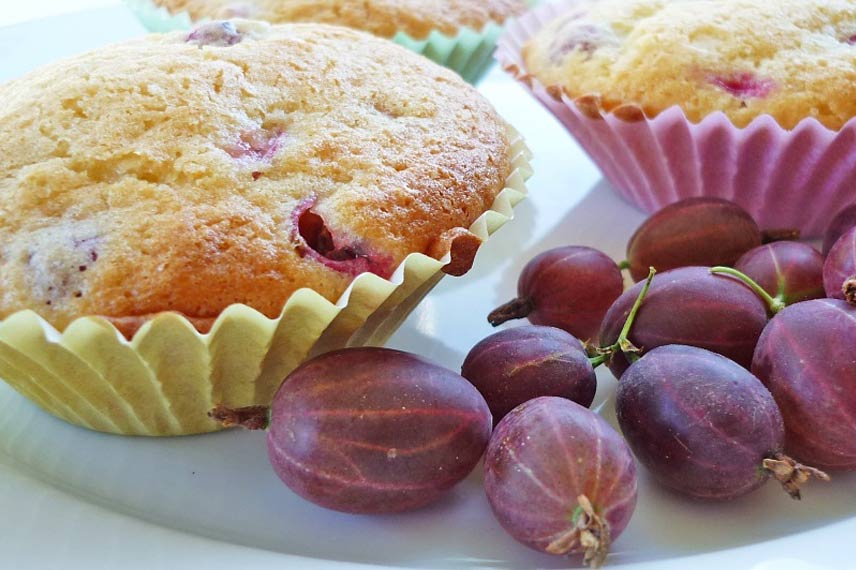
Thus, Versaillaise blanche redcurrant bush is an old variety that produces translucent berries, sweet and fruity, with thin skin and juicy flesh. Gloire des Sablons pink redcurrant bush produces redcurrants with thin skin, whose sweet flesh is also very fragrant and juicy, but with little acidity. Another example, and by no means the least, Rolan redcurrant bush offers red fruits with remarkable taste qualities because of their well-balanced flavour between sweet and tart.
Among gooseberry bushes, ‘Freedonia’ is notably grown for its gooseberries’ very fruity flavour, with thick skin and juicy, grainy flesh. Winham’s Industry gooseberry bush produces striking red fruits with a slightly tart yet very sweet flavour, while ‘Worcesterberry’ yields large, pale-red translucent fruits with sweet flesh, deliciously tangy and delicately scented.
Read also
Currant bush: planting, pruning and careDepending on its yield
Currant bush yield can also vary from one species to another. While redcurrant bushes that bear fruit in clusters generally have very generous fruiting, it is without doubt currant bush ‘Raisin’ that stands out here as the yield champion, since it can produce between 8 and 10 kg of berries on a single trained young plant 1.60 m high, compared with 5 to 6 kg for a cluster redcurrant bush.
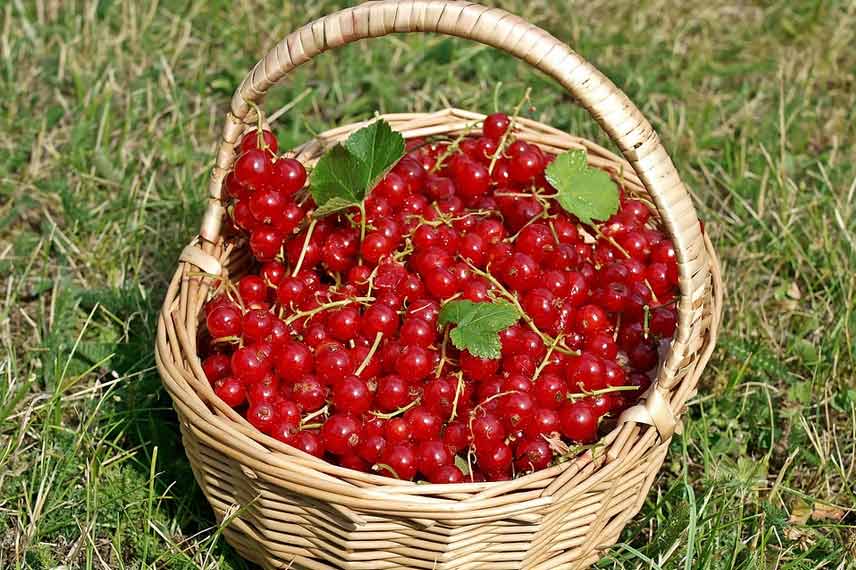
Among cluster redcurrant bushes, the recent variety Junifer is very productive. Its fruits can be harvested early from the end of June through early July. The ‘Versaillaise’ is also one of these “super-productive” members of the genus. This vigorous bush benefits from regular fertility, and its yield is excellent. Its fruits are harvested from mid-July. The same applies to ‘Jonkheer van Tets’, which is also among the cluster redcurrant bushes offering an excellent yield. Its fruits are harvested early, that is from June. Later-ripening, London Market currant bush is again grown for its excellent yield. This variety produces long, compact clusters packed with many large-calibre fruits.
Although their production cannot match that of cluster redcurrant bushes, some varieties among gooseberry bushes are particularly productive. This is the case for the gooseberry bush Lady Sun, a late variety harvested from late July, but also for ‘Captivator’, an early variety harvested from the start of July. The red Hinnonmaki gooseberry bush is also very productive and is harvested in mid-July.
Depending on how it is stored
Currants are small fruits that cannot be kept for long. Once harvested, keep at most a few days in vegetable drawer of fridge before they wilt and lose vitamins. To preserve them longer, they must be cooked. Note that some varieties are particularly suitable for jam-making (these can then be eaten months after being cooked), and that others can easily be frozen.
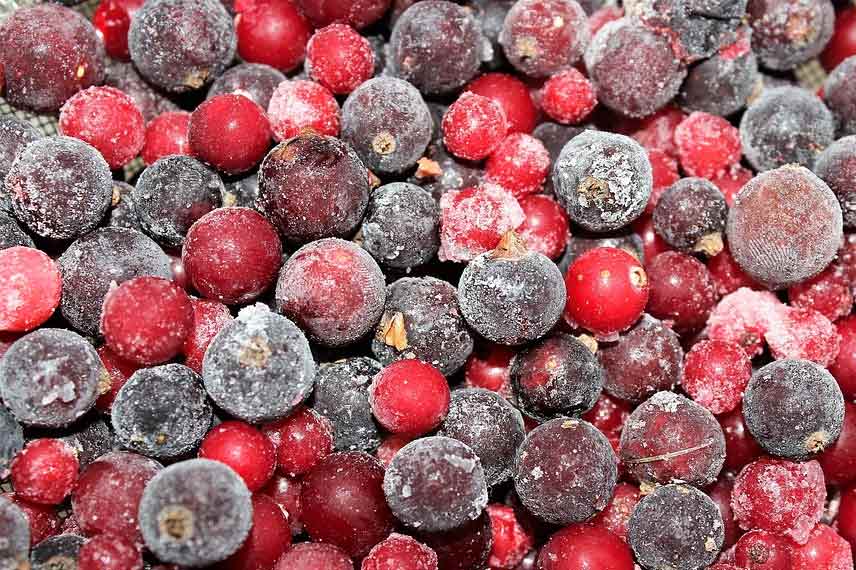
Currants to preserve as jam
Redcurrant ‘Industria’, a variety with large, firm, tart berries, is perfect for jams and jellies, as is Blanka white currant, which also produces large tart berries, but white in colour.
Among gooseberry bushes, variety ‘Captivator’ stands out once again with its juicy, sweet gooseberries ideal for jams. The same applies to Spinefree gooseberry, whose fruity, tangy flavour suits this type of preparation and preservation.
→ Discover: our redcurrant jam and jelly recipes!
Fruits to favour for freezing
Other varieties are particularly well suited to freezing. These include the Rolan clustered redcurrant, and the gooseberry Lady Sun.
Depending on its resistance to disease
Finally, a last and by no means least selection criterion: there are now varieties of redcurrant bushes that are more disease-resistant than others.

Among cluster redcurrants, note that ‘Jonkheer Van Tets’ is a vigorous, disease-resistant bush, particularly suited to regions with France’s coldest climates. The same applies to Rolan cluster redcurrant, also fairly resistant to disease and able to acclimatise to the coldest regions. Finally, Rovada redcurrant also benefits from good disease resistance and proves capable of thriving in all regions of France.
Among gooseberry bushes, ‘Freedonia’ offers good resistance to powdery mildew, while Spinefree gooseberry is relatively resistant to the various diseases that can affect this type of fruit bush. Once again, ‘Lady Sun’ deserves your attention, as it too offers good disease resistance.
- Subscribe!
- Contents
![[plant_type="shrub" flowering="spring" foliage="deciduous" exposure="sun" watering="regular" maintenance="easy" hardiness_zones="3-8" soil="well-drained" use="hedge-border" growth="fast" plant_family="Grossulariaceae" common_name="redcurrant"]](https://en.promessedefleurs.eu/blogwp/wp-content/uploads/2021/04/Choisir-un-groseillier.jpg)































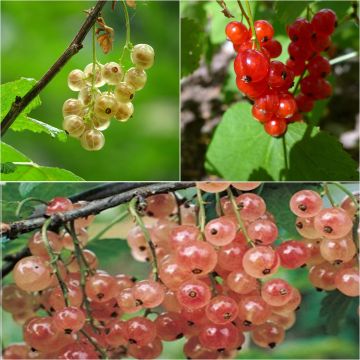
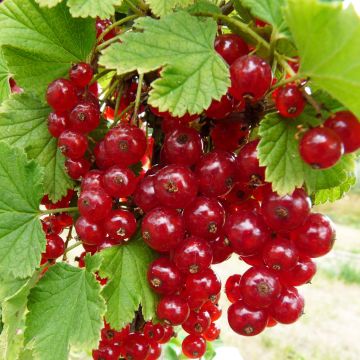
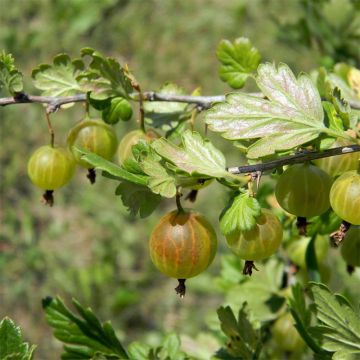
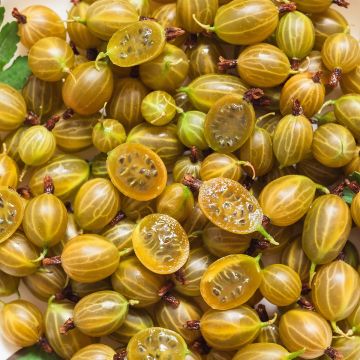
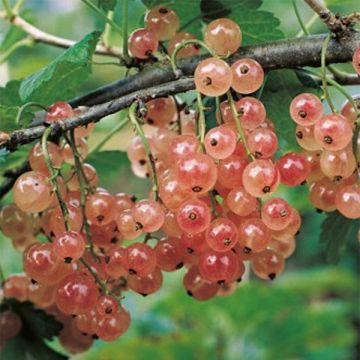
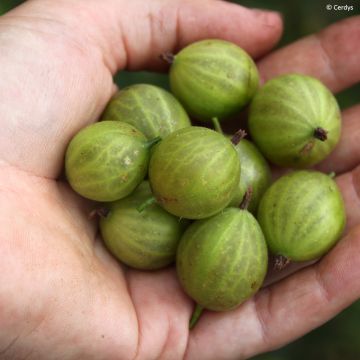
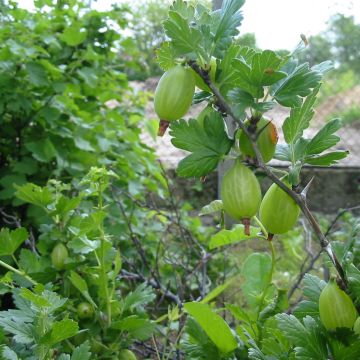
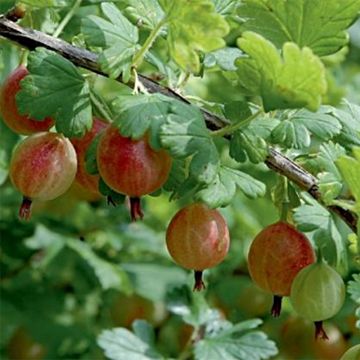
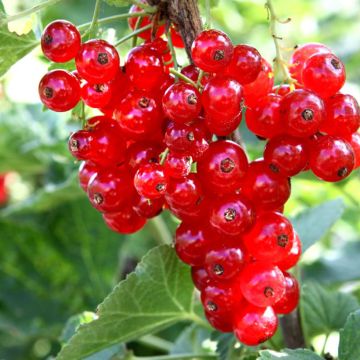
Comments